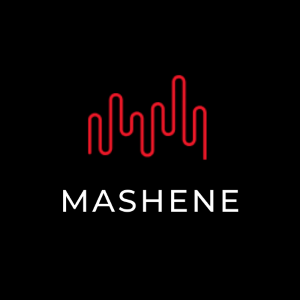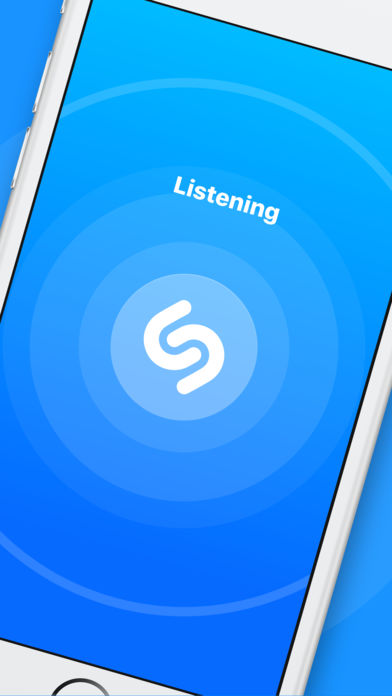Introduction to Shazam’s Monumental Growth
In the ever-evolving landscape of music technology, one app has consistently hit high notes and scaled the charts of success: Shazam. Recently, this music recognition app has not just hit a chord with users; it has struck a symphony of success by surpassing 300 million monthly active users globally. This achievement isn’t just a number; it’s a testament to Shazam’s pervasive influence and technological innovation in the global music industry.
Shazam’s Journey: From Text Service to Technological Titan
Founded as a text message service in the UK in August 2002, Shazam began its journey by allowing users to identify songs with a simple phone call. This innovative approach to music recognition laid the groundwork for what would become a cornerstone of music technology. The acquisition by Apple in September 2018 for $400 million marked a pivotal moment, integrating Shazam’s capabilities deeply within the Apple ecosystem and setting the stage for exponential growth.
Milestones of Innovation and Growth
- August 2002: Shazam launches as a unique text message service in the UK.
- July 2008: The Shazam app debuts on Apple’s App Store, followed by its Android release in October 2008.
- June 2021: Shazam surpasses 1 billion Shazams per month.
- May 2022: The app achieves over two billion lifetime installs.
- August 2022: Shazam boasts 225 million monthly active users and over 70 billion song recognitions.
Shazam’s Global Reach and Cultural Impact
Shazam’s influence stretches far beyond mere numbers. It’s a cultural beacon, illuminating trends and tastes across the world. The app has become a barometer for global music trends, with its fastest-growing user bases in dynamic regions like Africa. African genres are among the fastest-growing on the platform, reflecting a broader shift in global music consumption and diversity.
Spotlight on Regional and Genre Growth
- African Influence: Songs like Rema’s “Calm Down” and the remix featuring Selena Gomez have topped Shazam charts, highlighting the global appeal of African music.
- K-Pop Expansion: The global reach of K-Pop continues to surge, with bands like FIFTY FIFTY achieving unprecedented chart positions on Shazam.
- Música Mexicana: This genre has seen significant growth, with multiple tracks entering the US Shazam Top 10 over the past year.
Shazam’s Integration with Apple: A Harmonious Union
The acquisition by Apple didn’t just bring Shazam into a larger fold; it integrated its capabilities into a broader ecosystem, enhancing features across Apple’s services. This includes the use of Shazam’s technology in Apple Music to identify tracks in DJ Mixes, ensuring proper rights and payments. Apple’s stewardship has amplified Shazam’s role as a predictive tool for music trends and a platform for artists to gain global recognition.
Technological Innovations and User-Centric Features
Shazam isn’t just resting on its laurels. The app continues to innovate, introducing features like the ‘Concerts’ hub, which leverages users’ Shazam history to offer personalized live music event recommendations. This feature not only enriches the user experience but also fosters a deeper connection between artists and their audiences.
The Future of Music Recognition and Beyond
As Shazam advances, it’s poised to redefine the boundaries of music technology and user engagement. With Apple’s backing, Shazam is set to continue its trajectory of growth, innovation, and influence.
Conclusion: The Crescendo of Shazam’s Symphony
Shazam’s journey from a simple text service to a global technological titan is a narrative of constant innovation and adaptation. Its influence on the music industry and its users worldwide is a testament to the power of technology to connect, discover, and enjoy music in new and exciting ways. As Shazam continues to evolve, it remains not just an app but a cultural phenomenon, echoing the beats of a world in tune with technology.


